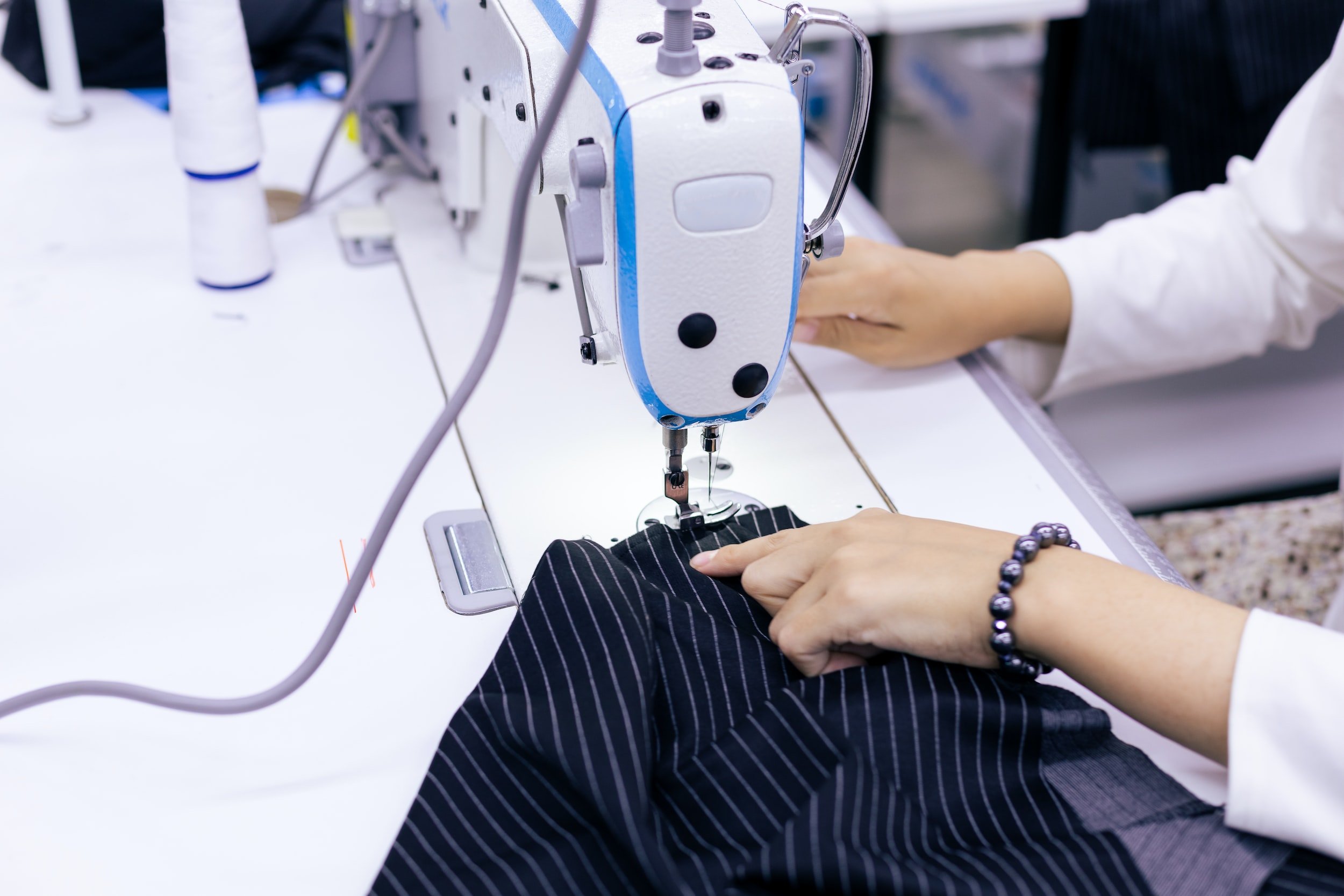Myanmar, two years on: the challenge for garment workers since the military takeover
Last month, Business and Human Rights Resource Centre (BHRRC) published an article highlighting the ways in which workers in Myanmar’s garment sector have been affected since the coup d’etat in February 2021. It was reported[1] that there have been around 200 cases of rights violations, affecting as many as 100,000 workers, painting a damning picture of how the conflict has both challenged business ethics and exploited worker vulnerabilities.
Many of the alleged violations include wage theft, inhumane work rates, mandatory overtime, harassment, intimidation and abuse[2]. Some 30% of violations surveyed by BHRRC in collaboration with partners inside and outside Myanmar alleged that gender-based violence and harassment (GBVH) has been on the rise in the garment sector since the takeover.
BHRRC has identified that some of the erosion of labour rights has been down to the following factors. Firstly, the regime has brutally suppressed trade unions, with reports of union leaders being killed and imprisoned[3]. Secondly, business owners based in the country have been found to be colluding with the regime[4] and exploiting workers in a climate of limited employment opportunities, cost of living crisis and where some 40% of the population currently live below the poverty line[5]. Thirdly, it was noted by Worker Rights Consortium that in the last two years many workers’ production targets have risen as there is competition between factories to secure orders. This has led to unpaid overtime and workers skipping meals to meet gruelling production targets.
Before 2021, many international fashion brands turned to Myanmar due to the low cost of labour. Since the military takeover, production costs have remained inexpensive – so many companies are still maintaining a presence in the country. BHRRC invited comments from 43 companies including H&M and Carhartt who are known to still be buying from Myanmar factories where recorded abuses have been alleged, however nearly half of these companies have not provided any official response. Exiting from the country is not a straightforward process either, as Myanmar’s garment sector counts for around 10% of their exports per annum, but companies choosing to remain may have to contend with growing scrutiny for their complicity with more documented labour rights abuses coming to light. Where companies cannot feasibly undertake heighted human rights due diligence on the factories they source from, BHRRC notes that brands should look to exit responsibly, per the recommendation of local labour unions and organisations.
[1] Source: https://www.newsweek.com/fashion-brands-are-profiting-erosion-workers-rights-myanmar-opinion-1778295
[2] Ibid.
[3] Source : https://www.solidaritycenter.org/workers-union-members-killed-in-myanmar-as-crackdown-intensifies/



